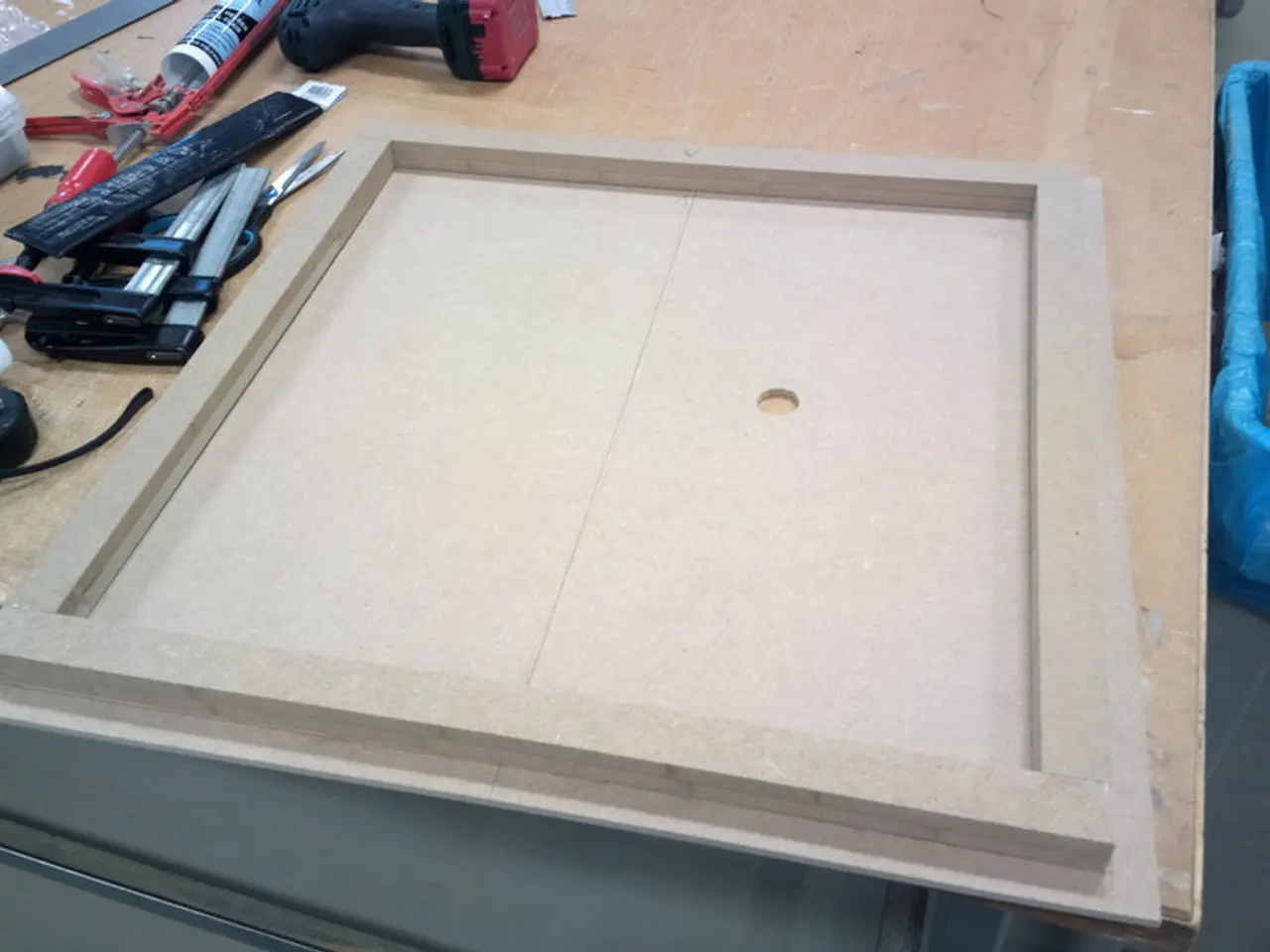Handheld Tools without Motor Power
In the realm of farming and gardening, the safety and efficiency of non-power hand tools are paramount. Here are some essential guidelines to ensure a safe and productive work environment.
First and foremost, it is crucial to use tools according to their intended purpose and the manufacturer's instructions. This practice prevents potential injuries and tool damage. Always handle tools with care, and avoid any form of improvisation.
Maintaining tools in good condition is another key aspect. Regular cleaning and sharpening of blades or cutting edges are essential to prevent accidents caused by dull tools that require excessive force.
Personal protective equipment (PPE) plays a significant role in hand tool safety. Wearing appropriate PPE, such as gloves for hand protection, safety goggles to shield the eyes from debris, and sturdy, non-slip footwear for maintaining balance on uneven ground, is essential.
Ergonomically designed tools can help reduce strain on the hands, wrists, and back, especially during prolonged tasks or for users with limited mobility. Choose tools with padded or curved handles to minimise discomfort.
Proper storage of tools and a clear work area are also vital for safety. Store tools in dry, covered spaces to prevent corrosion and deterioration, and keep the work area free of hazards like hoses or debris to avoid trips and falls.
Training users on safe handling techniques, recognition of hazards, and proper inspection and storage of gloves and tools is essential for ongoing safety. Inspect tools prior to use to ensure they are in safe working condition; discard or repair any tools showing significant wear or damage.
These guidelines apply to a wide range of manual farming tools such as hoes, sickles, spades, rakes, and gardening implements. Following these recommendations helps reduce risks like cuts, strains, falls, and ergonomic injuries while improving productivity and comfort during farming and gardening tasks.
Four general classifications of non-power hand tools are driving tools, cutting tools, pinching and gripping tools, striking tools, and struck or hammered tools. Each category has its unique characteristics and safety considerations.
For instance, driving tools, such as wrenches, socket/ratchets, and screwdrivers, require careful use to avoid slippage. When using striking tools like hammers, hand sledges, and axes, be aware of potential slippage and "mushroomed" surfaces and handle damage.
When using cutting tools, ensure all blades are maintained and sharp, and wear gloves to help prevent skin abrasions and blisters. Ergonomics should always be considered in the choice of hand tools, ensuring a good fit between the user, task, and tool.
In conclusion, safe use of hand tools begins with selecting the best tool for the task and considering the user's physical and physiological conditions. By adhering to these guidelines, farmers and gardeners can ensure a safer and more productive work environment.
In light of the importance of wellness in various workplaces, applying the same safety principles to science-based fields like health and wellness and fitness and exercise is vital. Precautions such as using equipment according to their designed purpose, maintaining them in good condition, and using appropriate protective gear (like gloves, safety goggles, and non-slip footwear) can help reduce injury risks. Additionally, ergonomically designed fitness tools can help minimize strain and discomfort during workouts or long periods of use.




